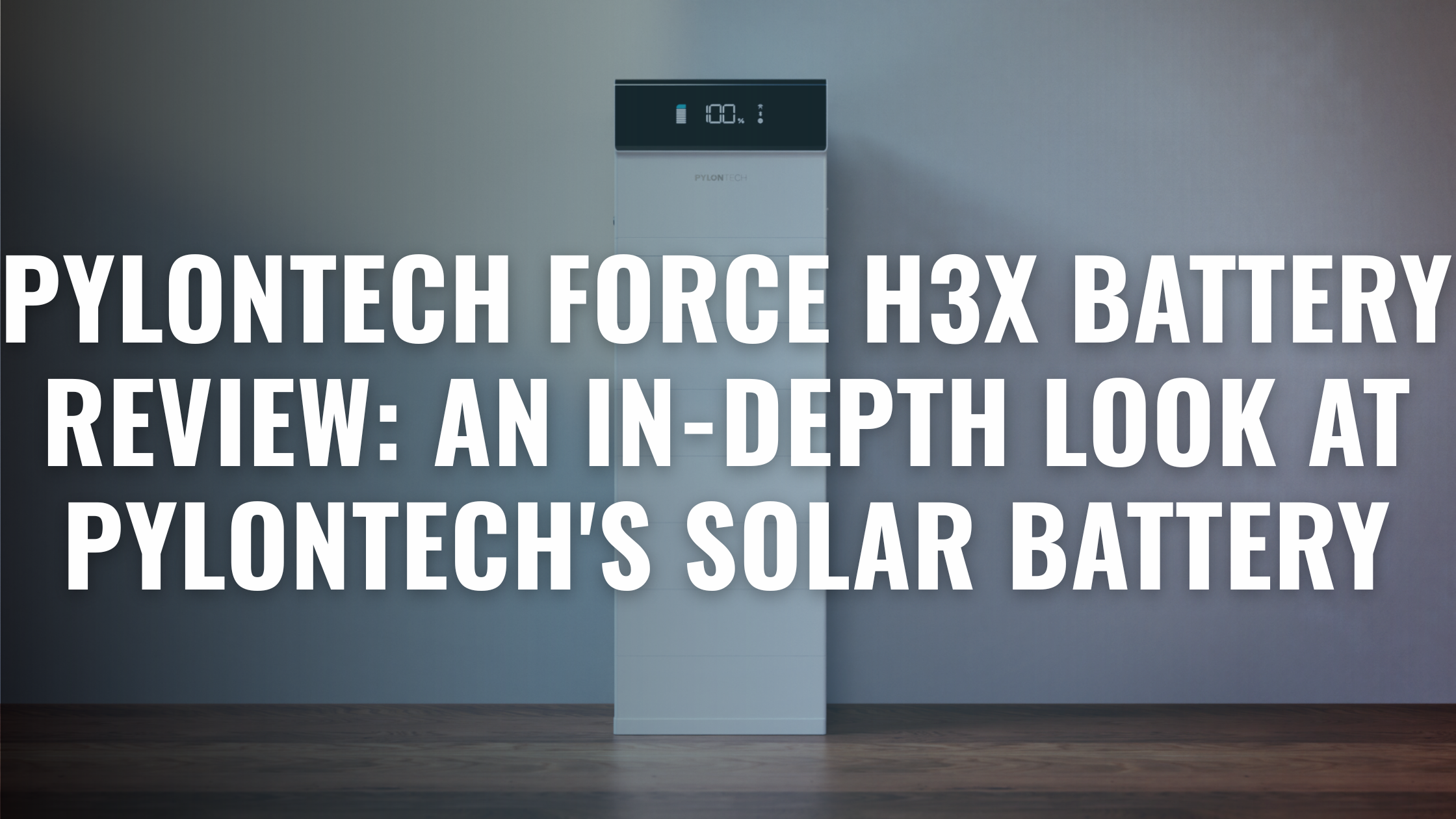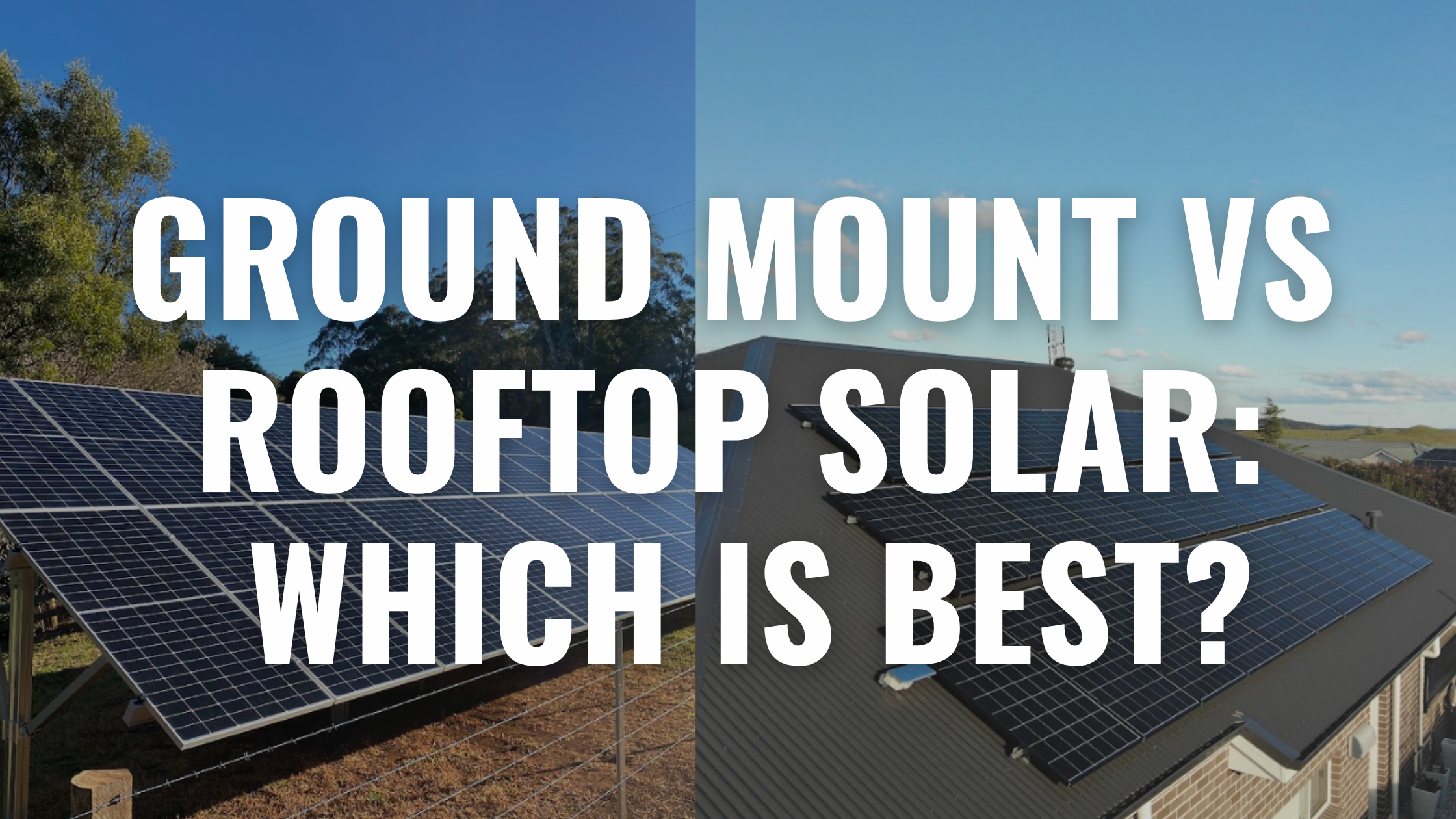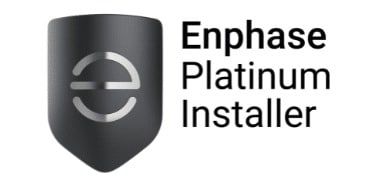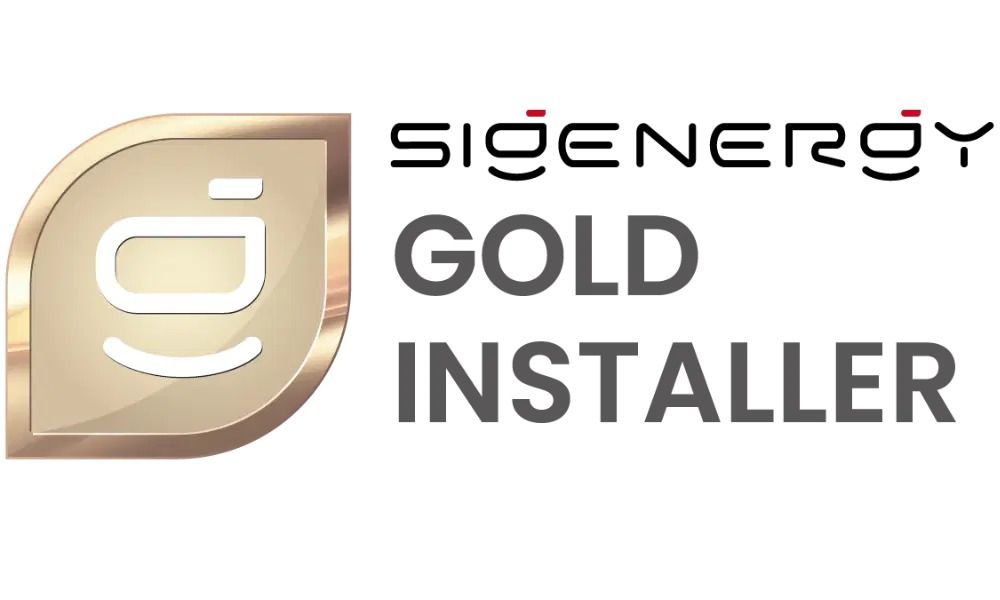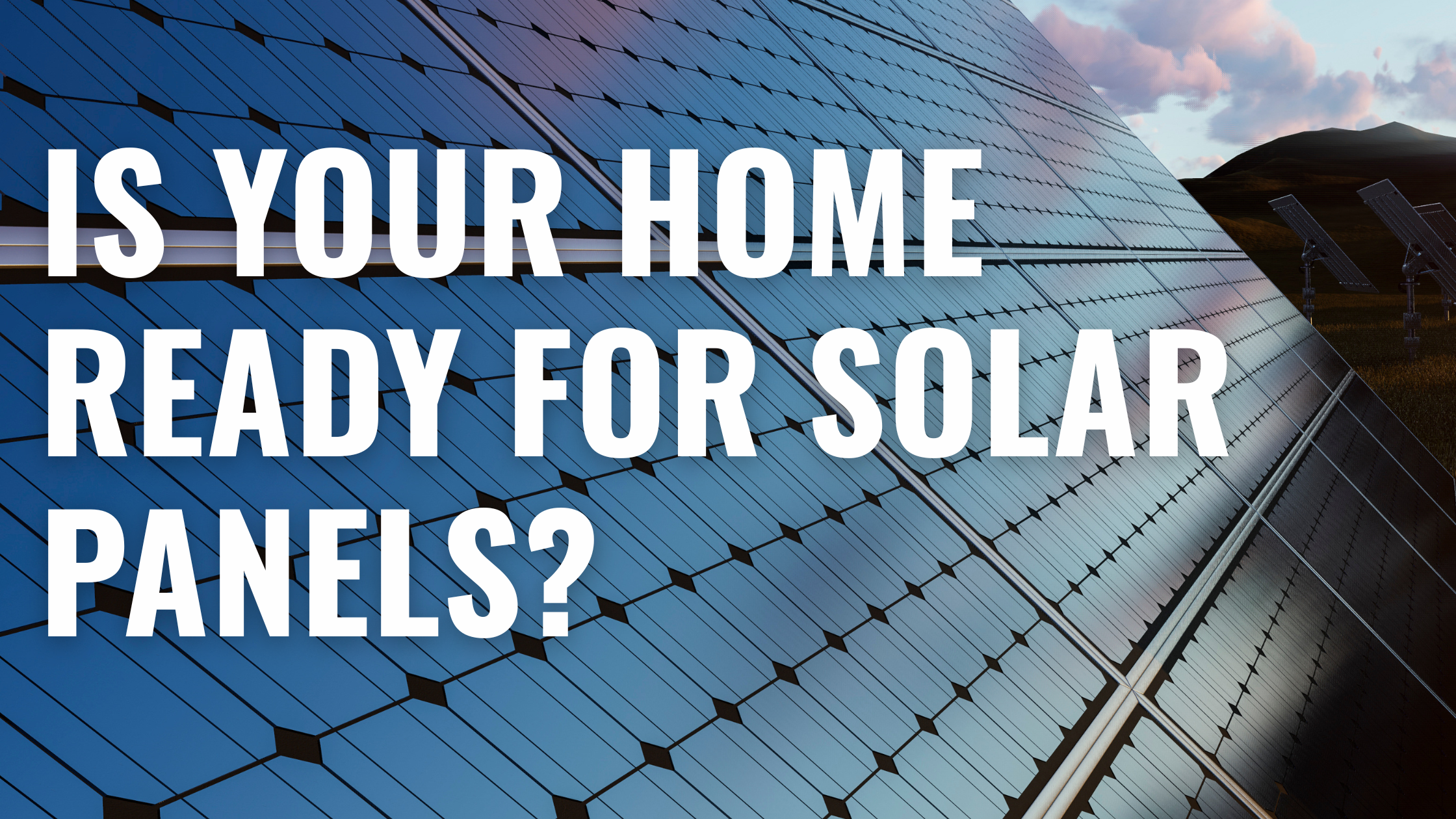
Written by Donna Wentworth
Last Updated: October 13, 2025
Is Your Home Ready for Solar Panels?
Most people start looking into solar because of one thing: the power bill. But before you jump into quotes and product options, there’s a more basic question to answer first: Is your home actually ready for solar panels?
Not every house is solar-ready from day one. And that’s okay. It doesn’t mean you can’t get solar — just that a few things may need checking or updating before you install.
At Lenergy, we’ve helped hundreds of homeowners across NSW prepare for solar. We know what can delay an install, and more importantly, how to avoid it.
In this article, you’ll learn the key factors that make a home solar-ready — from roof condition to switchboard safety — and how to tell if your place is good to go.
Why Solar Readiness Matters
Not every home is set up for solar straight away. And that’s not a problem — but it does mean you want to know what’s involved before you commit to an install.
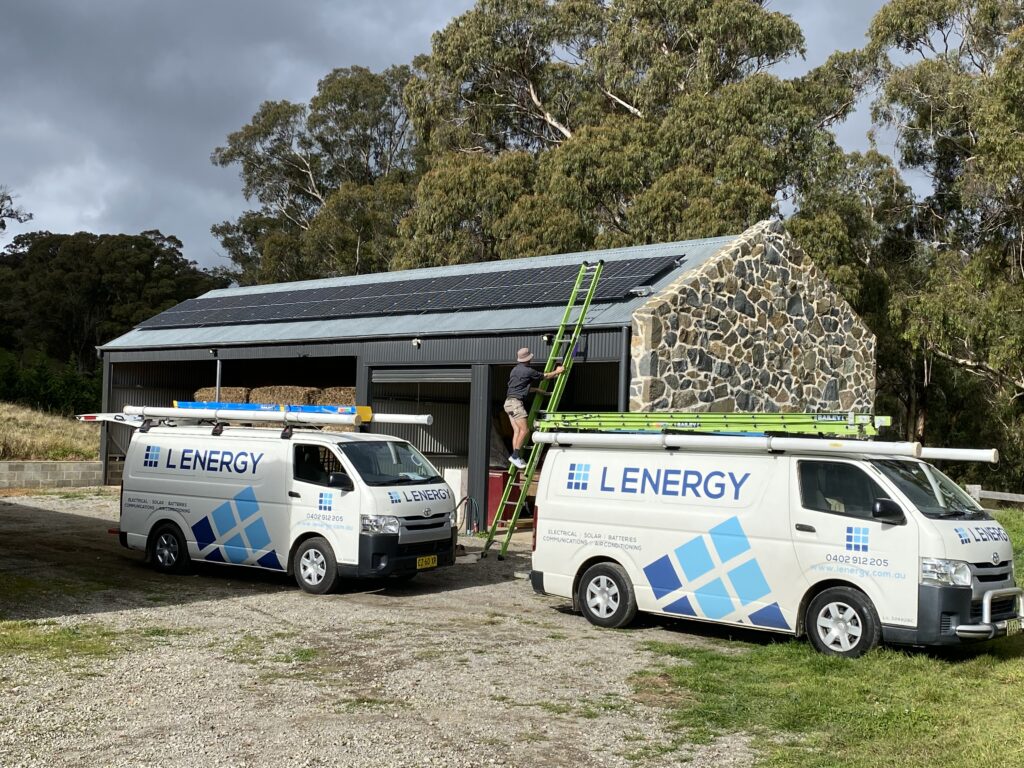
Getting a proper assessment upfront helps avoid:
- Delays on install day
- Extra costs from unexpected upgrades
- Safety issues during installation
This is exactly why we start every project at Lenergy with a free solar assessment. It’s about making sure your home is suitable, safe, and that solar will actually deliver the savings you’re expecting.
Is Your Roof in Good Condition?
Before installing solar panels, your roof needs to be structurally sound and safe to work on. Here’s what that typically means:
- No major damage — cracked tiles, rusted sheets, or visible sagging can delay or prevent installation.
- Not due for replacement — if your roof will need replacing in the next few years, it’s usually best to do that before installing solar.
- Safe to access — steep pitches or brittle materials like old terracotta can complicate installs, but not always rule them out.
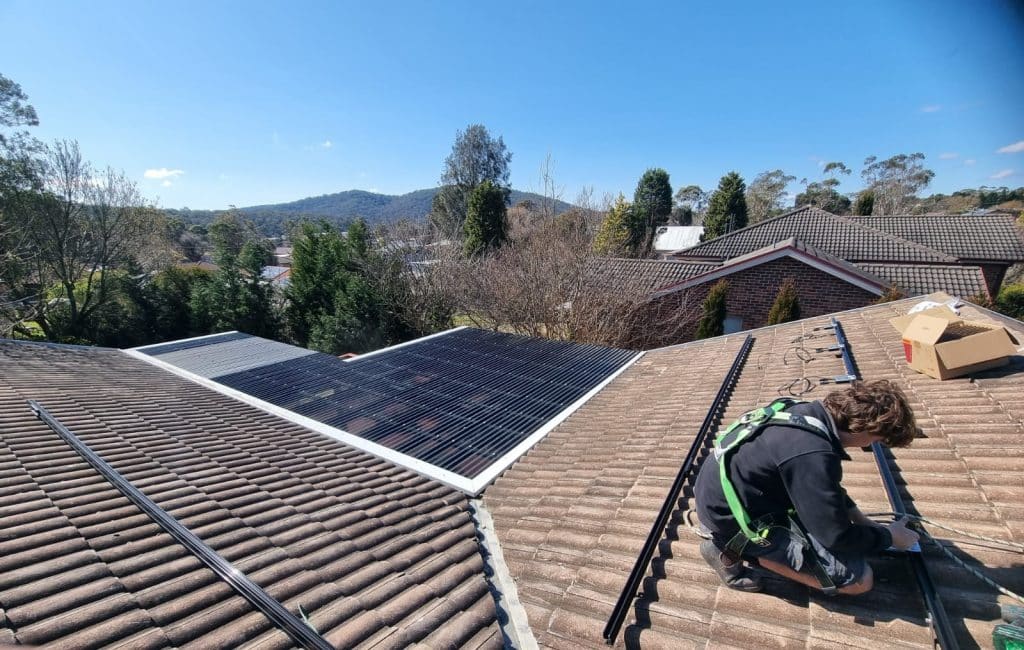
If there’s any doubt, your installer may recommend a roof inspection or repairs before proceeding. It’s better to sort this early than remove panels later for roof work — which adds time and cost.
Does Your Roof Get Enough Sun?
Solar panels work best with plenty of direct sunlight — especially during the middle of the day. However not every roof has perfect conditions.
Here’s what we look for:
- North-facing sections are ideal, but east and west can still work well.
- Minimal shading from trees, chimneys, or neighbouring buildings. Even partial shade can impact performance.
- Good tilt and angle help with solar production, but panels can still perform well on flatter or steeper roofs.
If shading is a concern, solutions like microinverters or optimisers can help minimise the impact. A proper site inspection will determine whether your roof’s orientation and shade levels are suitable for solar — or if some trimming or repositioning might help.
Sometimes, a few small adjustments can make a big difference. One of our customers, Andrew, found that trimming back a few overhanging branches gave his system more sunlight and improved its overall output.
Do You Have Enough Roof Space for Solar?
The amount of roof space you need depends on how much power you want to generate. Most 6.6kW systems — a common size for Australian homes — need around 30–35 square metres of usable roof area.
What counts as “usable”?
- Unshaded space
- Clear of vents, skylights or obstacles
- Oriented in the right direction for solar gain
If space is limited, you might still be able to install a smaller system — or use higher-efficiency panels that generate more power in less area.
Your solar provider will measure your available space during the quoting or assessment stage to help size your system correctly.
What’s the State of Your Switchboard?
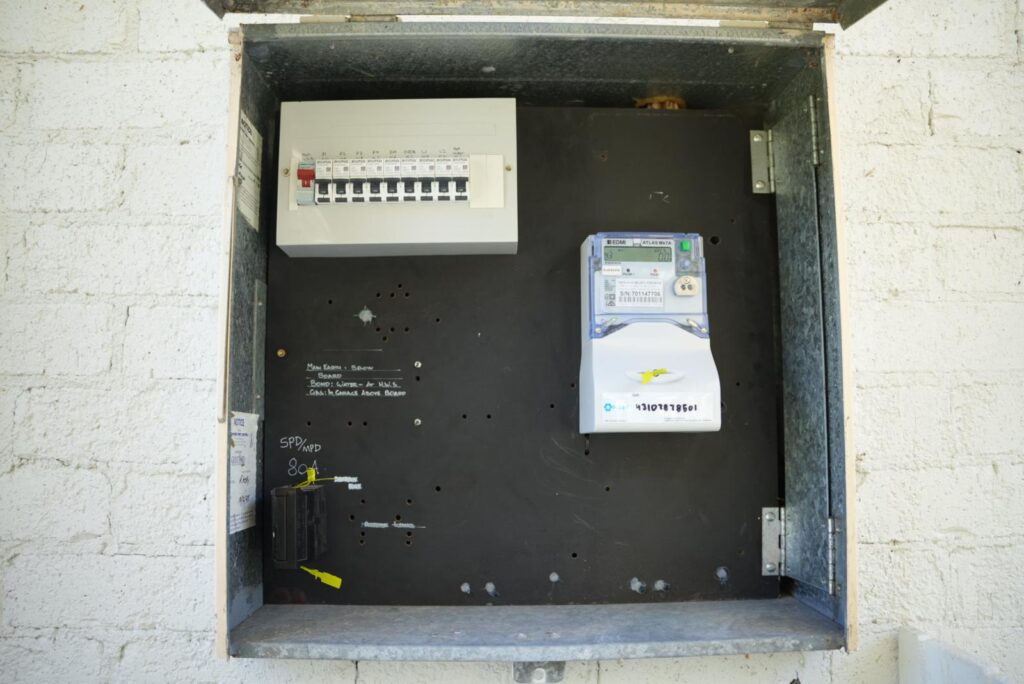
Your solar panels will connect directly to your home’s main switchboard, so it needs to be up to modern standards. Older or overloaded boards can cause issues with safety and compliance.
Here’s what to look out for:
- Old fuse-style boards: If your switchboard still uses ceramic fuses instead of circuit breakers, it will need upgrading before solar can be installed.
- Limited space: Your switchboard must have room for new circuit breakers to connect your inverter.
- Safety switches: Modern installations require RCDs (safety switches) to protect against electrical faults.
A licensed electrician or solar installer will check this during your site inspection. If your board needs an upgrade, it’s a straightforward fix — and a worthwhile one for safety and compliance.
Are There Any Access Issues?
Before installation, your installer will check how easy it is to access your roof and switchboard. A few small details can make a big difference on the day.
Here’s what helps keep things smooth:
- Clear access to the driveway and roof area. Keep vehicles, bins, or garden tools out of the way so installers can set up ladders and safely unload panels.
- Open gates and side access. If your switchboard or inverter location is behind a locked fence, make sure it’s open
- Secure pets indoors. Installers will need to move between your roof, meter box, and inverter location throughout the day.
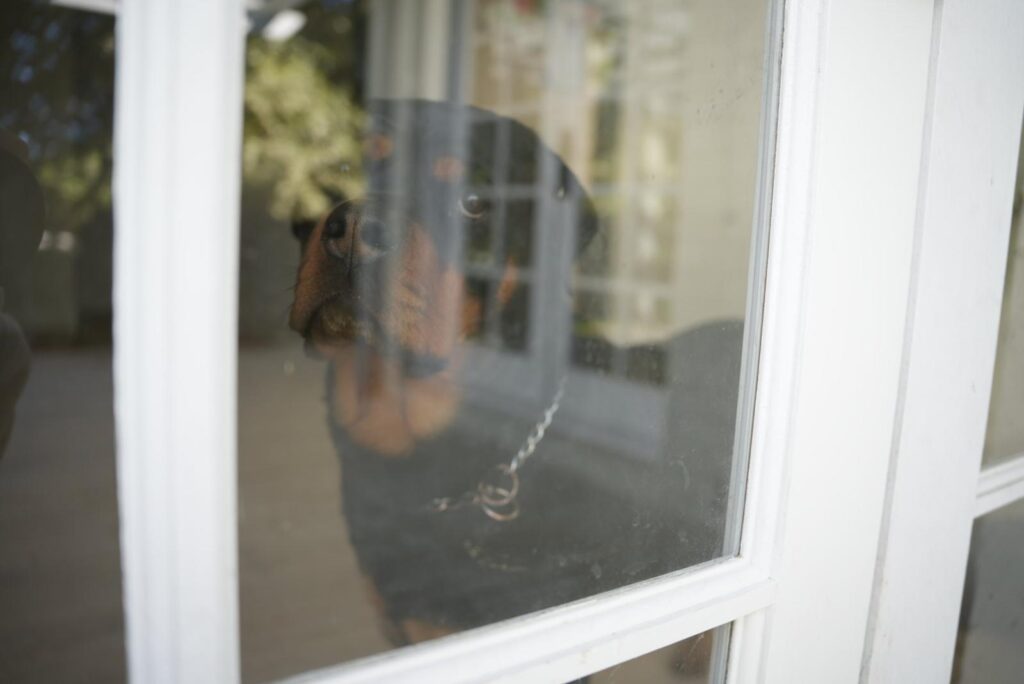
It’s all about creating a safe, efficient workspace. If you’d like to see what installation day looks like in more detail, check out Lenergy’s guide:
Do You Know What You’re Trying to Solve?
Before installing solar, it’s worth thinking about why you want it — because that shapes the kind of system you need.
Ask yourself:
- Are you mainly trying to cut your power bill?
- Do you want energy independence — to rely less on the grid?
- Or are you planning to add a battery later for storage and backup?
Your energy goals determine your ideal system size and design. For example:
- If your main goal is lowering bills, your system should match your daytime energy use.
- If you plan to charge an electric vehicle or add a battery later, your installer may size it slightly larger to future-proof your setup.
When you book a free solar assessment with Lenergy, your energy usage and goals are reviewed to ensure the system suits how you actually live — not just how much roof space you have.
What If Your Home Isn’t Ready Yet?
If your home isn’t quite solar-ready, don’t stress — it’s more common than you might think. Most issues are simple to fix, such as:
- Replacing cracked or ageing roof tiles
- Upgrading an old switchboard
- Trimming nearby trees that cause shade
- Adjusting inverter or solar panel placement
Your solar installer will outline what needs attention during your free solar assessment, so there are no surprises later. Once those small upgrades are handled, you’ll be ready to move forward with confidence.
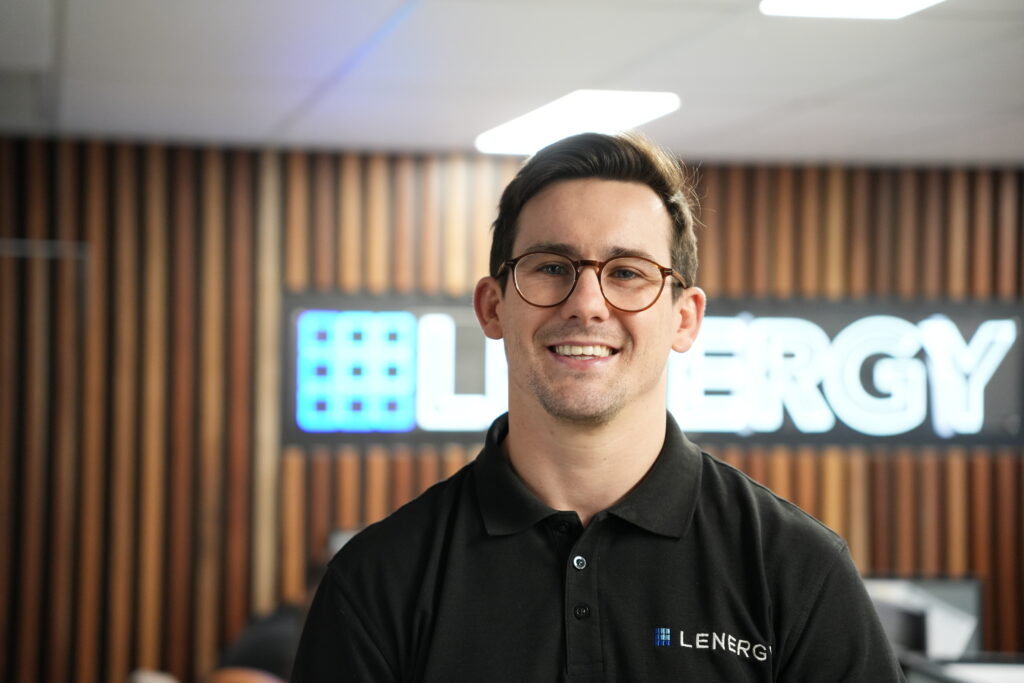
Quick Solar Readiness Checklist
Use this list to get a sense of where things stand before your assessment:
☐ Roof is in good condition (no major damage or leaks)
☐ Roof receives good sunlight most of the day
☐ Around 30–35 m² of clear, usable roof space
☐ Switchboard is modern with circuit breakers and safety switches
☐ Easy access to roof and inverter location
☐ Energy goals are clear (bill savings, battery, EV, etc.)
Getting solar installed is an exciting step — however making sure your home is ready first saves you time, money, and frustration. A short assessment can tell you everything you need to know before committing.
Lenergy offers free solar assessments to help you understand what’s required, whether your home’s ready today, or what needs a quick update before it is.

